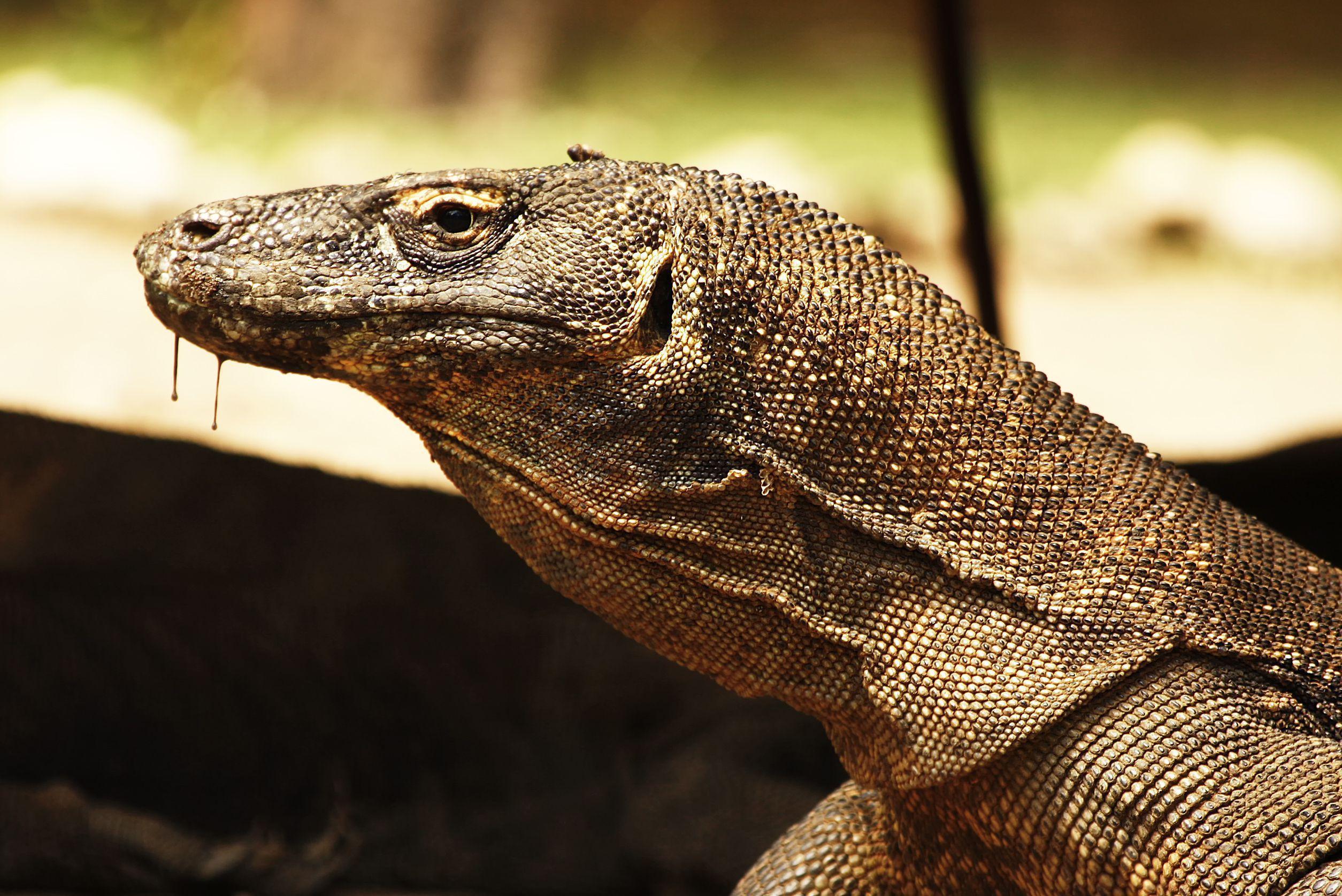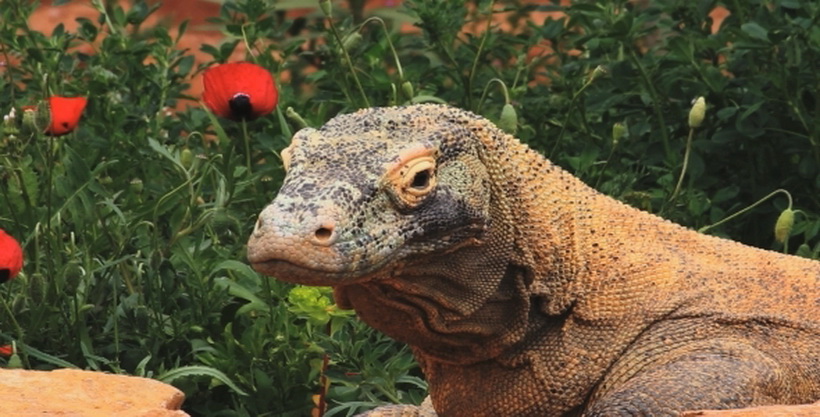
Demonstrating exceptional natural beauty that is all the more remarkable as a counterpoint to the dominant lushness of vegetation which characterizes vast areas of forested Indonesia, and with which most of the world associates the archipelago. The rich coral reefs of Komodo host a great diversity of species, and the strong currents of the sea attract the presence of sea turtles, whales, dolphins and dugongs.Ĭriterion (vii): Komodo National Park is a landscape of contrasts between starkly rugged hillsides of dry savanna, pockets of thorny green vegetation, brilliant white sandy beaches and blue waters surging over coral, unquestionably one of the most dramatic landscapes in all of Indonesia. As well as being home to the Komodo dragon, the Park provides a refuge for many other notable terrestrial species such as the orange-footed scrub fowl, an endemic rat, and the Timor deer. The species is the last representative of a relic population of large lizards that once lived across Indonesia and Australia. Most commonly known as 'Komodo Dragons', due to its appearance and aggressive behavior, the Komodo Lizard, is the largest living species of lizard, growing to an average length of 2 to 3 meters. These giant lizards, existing no-where else in the world, are of great scientific interest, especially for their evolutionary implications. The most remarkable inhabitant of Komodo National Park is the Komodo Lizard, Varanus komodoensis. The rugged hillsides and dry vegetation highly contrast with the sandy beaches and the blue coral-rich waters.

The dry climate has triggered specific evolutionary adaptation within the terrestrial flora that range from open grass-woodland savanna to tropical deciduous (monsoon) forest and quasi cloud forest.

The property is identified as a global conservation priority area, comprising unparalleled terrestrial and marine ecosystems and covers a total area of 219,322 ha. Located at the juncture of two continental plates, this national park constitutes the “shatter belt” within the Wallacea Biogeographical Region, between the Australian and Sunda ecosystems.
Komodo National Park, located in the center of the Indonesian archipelago, between the islands of Sumbawa and Flores, is composed of three major islands (Rinca, Komodo, and Padar) and numerous smaller ones, all of them of volcanic origin.


 0 kommentar(er)
0 kommentar(er)
